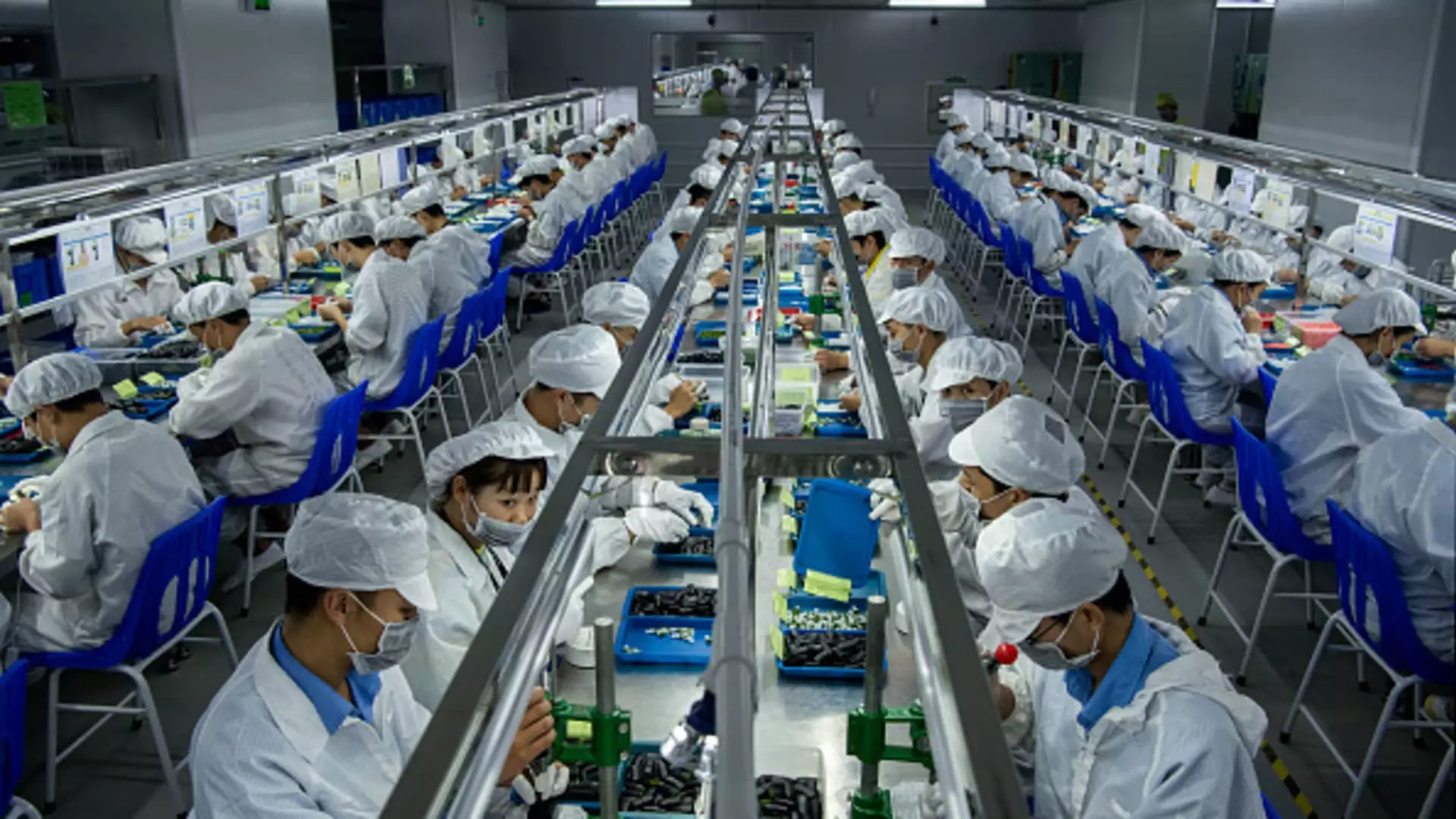China’s retail sales have shown signs of improvement, exceeding expectations with a growth rate of 4.6% in August compared to the previous year. This figure surpassed the 3% growth forecasted in a Reuters poll. The August growth rate also outpaced the 2.5% year-on-year pace observed in July. This positive development in retail sales indicates a potential revival in consumer spending and confidence in the Chinese economy.
China’s industrial production has also experienced an upturn, with a growth rate of 4.5% in August compared to the previous year. This figure not only exceeded expectations for a 3.9% increase but also surpassed the 3.7% growth reported in July. The acceleration in industrial production is an encouraging sign of recovery in the manufacturing sector, a crucial component of China’s economy.
Unfortunately, the growth in fixed asset investment fell short of expectations in August. On a year-to-date basis, fixed asset investment grew by 3.2% year-on-year, missing the projected 3.3% increase. Furthermore, this growth rate was slower than the 3.4% pace reported in July. The decline in fixed asset investment was primarily driven by a substantial drop in real estate investment and a slowdown in infrastructure investment. However, the manufacturing sector showed a positive trend in investment.
Despite the economic challenges, China’s urban unemployment rate remained relatively stable at 5.2%. Interestingly, the statistics bureau did not report the jobless rate for young people, ages 16 to 24. This decision raised questions as the bureau had previously announced a halt in reporting the unemployment rate for this demographic. The bureau stated its intention to reassess its methodology and resume releases at a later date.
China’s economic rebound from the pandemic has shown signs of slowing down since the second quarter. The real estate slump has been a significant drag on the recovery, and exports have also declined due to weakened global demand for Chinese goods. While the August data indicates marginal improvement, the external environment still presents various unstable and uncertain factors. This highlights the need for caution and continued measures to sustain the recovery momentum.
To support the real estate market and consumption, Beijing has recently implemented several measures. The People’s Bank of China announced a 25 basis points cut in the reserve requirement ratio, effective Friday. This move aims to increase liquidity and stimulate lending. Additionally, the foreign exchange reserve requirement ratio for financial institutions was reduced to 4% from 6%, further easing monetary policy. These measures reflect a more lenient approach compared to the aggressive rate hikes in the United States and Europe.
Moody’s, a global credit rating agency, downgraded its outlook on China’s property sector from stable to negative. The agency predicts a potential 5% decline in property sales over the next six to 12 months. Although the Chinese government has implemented policies to support the property sector, Moody’s believes that the impact on sales will be temporary and varied across different tiers of cities. The uncertainties surrounding future income have contributed to relatively muted consumer spending.
In terms of inflation, China’s consumer price index rose by 0.1% year-on-year in August, reversing the decline observed in July. The core consumer price index, which excludes food and energy prices, exhibited a consistent 0.8% year-on-year increase during both months. This stability indicates a controlled inflationary environment, which could positively impact consumer confidence and spending.
China’s retail sales and industrial production have displayed positive growth in August, surpassing expectations. However, challenges remain in areas such as fixed asset investment, real estate, and the global demand for Chinese goods. The need for cautious measures and continued support for the economy is evident. The monetary policies implemented, along with efforts to stimulate the real estate market and boost consumption, are crucial in maintaining the momentum of recovery and fostering high-quality development in China.


Leave a Reply